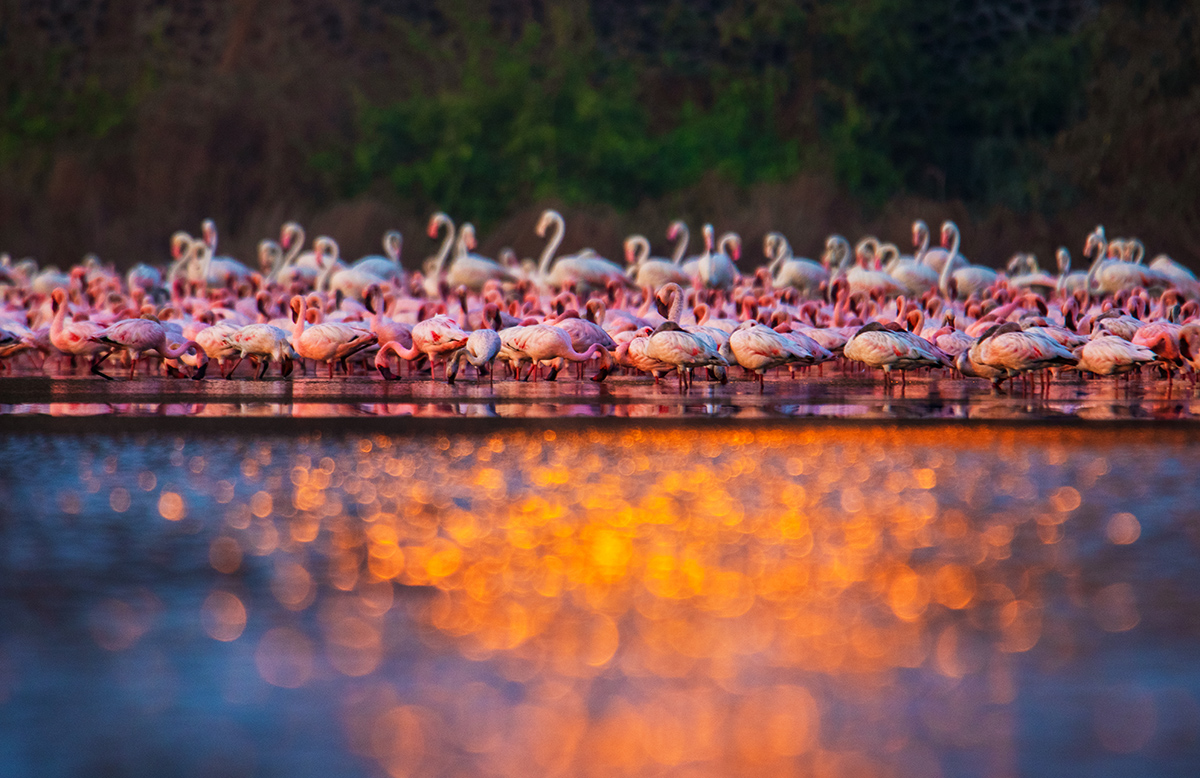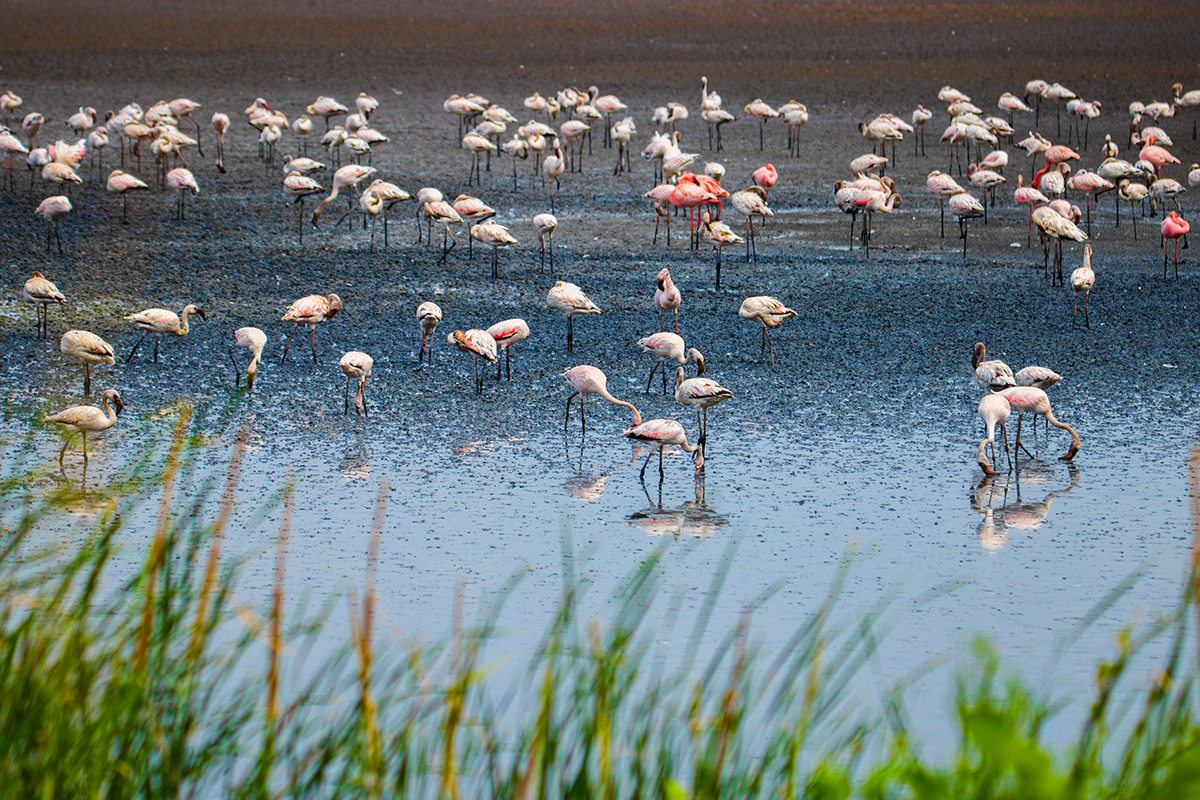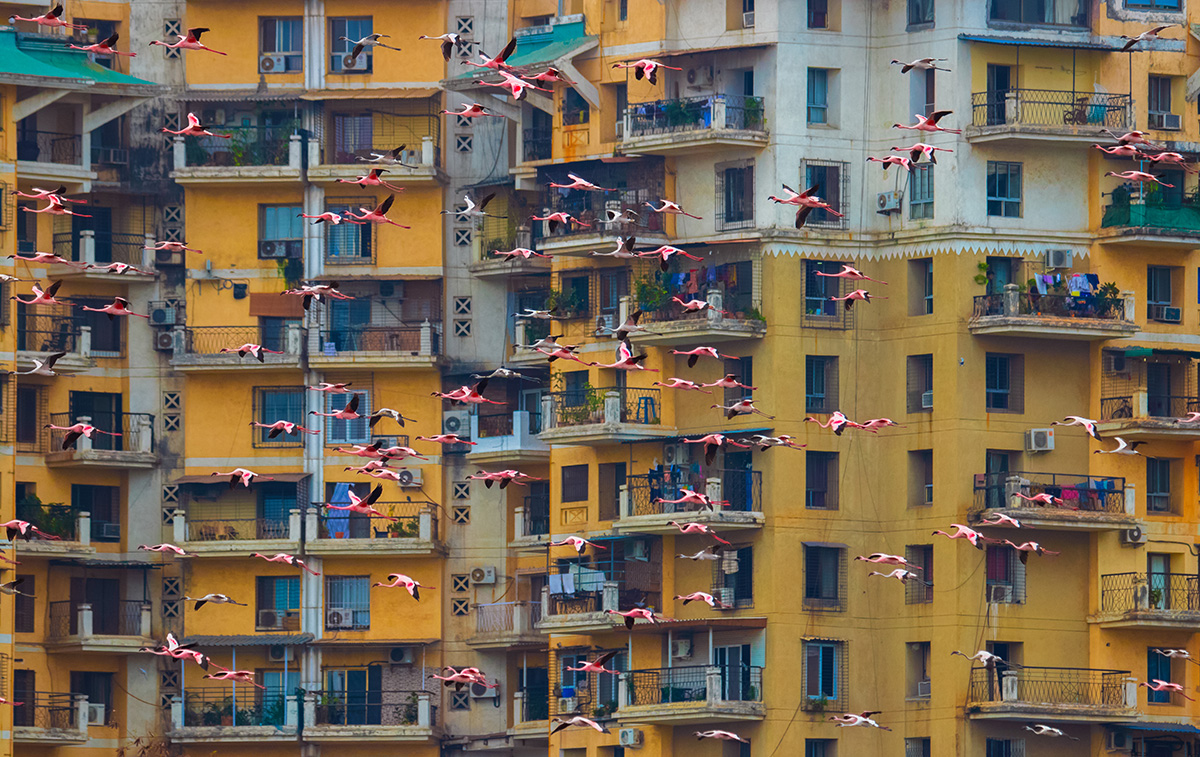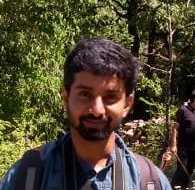Behind the NRI Complex in Navi Mumbai is a little-known pocket of wilderness, the Talawe wetlands. Surrounded by high-rises on one side and mangroves on the other, this wetland is a stop-off point for large numbers of migratory birds — mainly lesser and greater flamingos — that arrive here each winter. Birders who know of this hidden wetland say that the birds are white and grey when they arrive and get the reddish-pink tinge they are known for, as they feed on algae and invertebrates rich in the pigment beta-carotene (the same pigment which gives carrots their orange colour!).
Though I’d been to and recommended Talawe wetlands to friends, I’d never seen this flamboyance for myself. Walking along the mud path to Talawe Lake one late winter afternoon, I saw the flamingos, in their hundreds, feeding, preening, and resting. As my mother, brother, and I sat on the banks of the lake observing them, they became increasingly raucous. Their bus-horn like calls became louder, signalling some kind of intense discussion. We assumed they were debating whether to stay the night or not. Soon the few restless dissenters flew away in small batches to nearby roosting sites, while most others seemed to have agreed to stay.

The Talawe wetlands are located along the Palm Beach Road in Nerul, Navi Mumbai, behind the residential NRI Complex. Hundreds of lesser and greater flamingos migrate here every winter.
Thoroughly impressed with what I had seen, I returned with two friends the following week. As we approached the lake I sensed the flamingos were going to be no-shows that day. Luckily, there were other waders: ducks, egrets, herons, terns, and a muster of painted storks huddled on the other end of the lake from us. Storks arrived in twos and threes, landing ever so carefully, as if not to disturb the others. “Such well-mannered birds,” my friend remarked. “You wouldn’t have said that if you’d seen the flamingos,” I replied.

Lesser flamingos (in the foreground) are shorter and tinged with more red and pink than greater flamingos, whose plumage tends to be whiter.
We were about to walk to the end of the lake when we noticed a couple of jackals emerge from the adjacent mangroves. We took out our phones expecting to take a quick photograph at best. Surprisingly, they waited and peered at us for a while before heading down the same path we were walking. Occasionally they would turn around and check to see that we were maintaining a safe distance. Seeing these wild creatures so close to the city in which we grew up left us stunned and amazed. We wondered if it was a mating pair, and if we would be lucky enough to see a family the next time we visited. Before long the jackals disappeared into the mangroves along a bend in the path. Their unexpected appearance had well and truly made up for the no-show by the flamingos.

Flamingos use their feet to stir up the bottom of muddy flats or shallow waters, and their uniquely-shaped beaks are used to filter food from the mud and water they suck in. Photo: Sarang Naik
On another visit to Talawe wetlands I was pleased to see that the flamingos were back. Watching through binoculars, my friend and I admired a group of relatively larger, whitish, greater flamingos standing aloof from the more gregarious and pinker, lesser flamingos. Suddenly the birds decided to put on a spectacular show, unmatched by anything we’d seen on TV. They took off in large batches, circling synchronously over the lake, before dispersing in different directions to roosting sites. As they repeatedly flew over our heads, the late afternoon sun reflected brilliantly on their salmon-pink wings, turning them flame-coloured, and giving us a lesson in flamingo etymology. We watched awestruck as hundreds of birds took off like fighter planes, in less than half an hour, flying in the direction of the setting sun.

It is an absolute treat to watch huge flocks of pink, crimson, and black birds flying against a bright blue sky in the middle of a sprawling city.
Talawe is ample proof that the marvels of nature can be found in an urban centre too. There are wildernesses in our cities, near our homes, waiting to be explored, and pleading for protection. The Talawe wetland was slated to become a golf course and residential complex, but was saved due to efforts of local residents who campaigned and won a battle in court to preserve the flamingo habitat. But for every urban wilderness that receives protection, there are ten others that lose out to urban development projects. How do we stop this onslaught? Biologist Michael E. Soulé offers a modicum of a solution: “Though others might avoid the word, I insist that we talk about ‘love’ in conservation, because we only protect what we love. The reason we act when something threatens our family or our neighbourhood is because we love these people and places. Maybe it takes a tangible threat to our home environment to make us realise that we really do love the Earth.”

Residents of the NRI Complex have front-row seats to the spectacle of migrating flamingos who returned in huge numbers in 2019, once the plan to develop a golf course on the wetland site was thwarted.
Getting there: Travel to Nerul or Seawoods-Dharave railway stations on the harbour line of Mumbai’s Suburban Railway (Wadala-Panvel line). From there an autorickshaw can drop you at the Talawe wetland entrance gate. Landmarks include NRI Colony and Delhi Public School.

